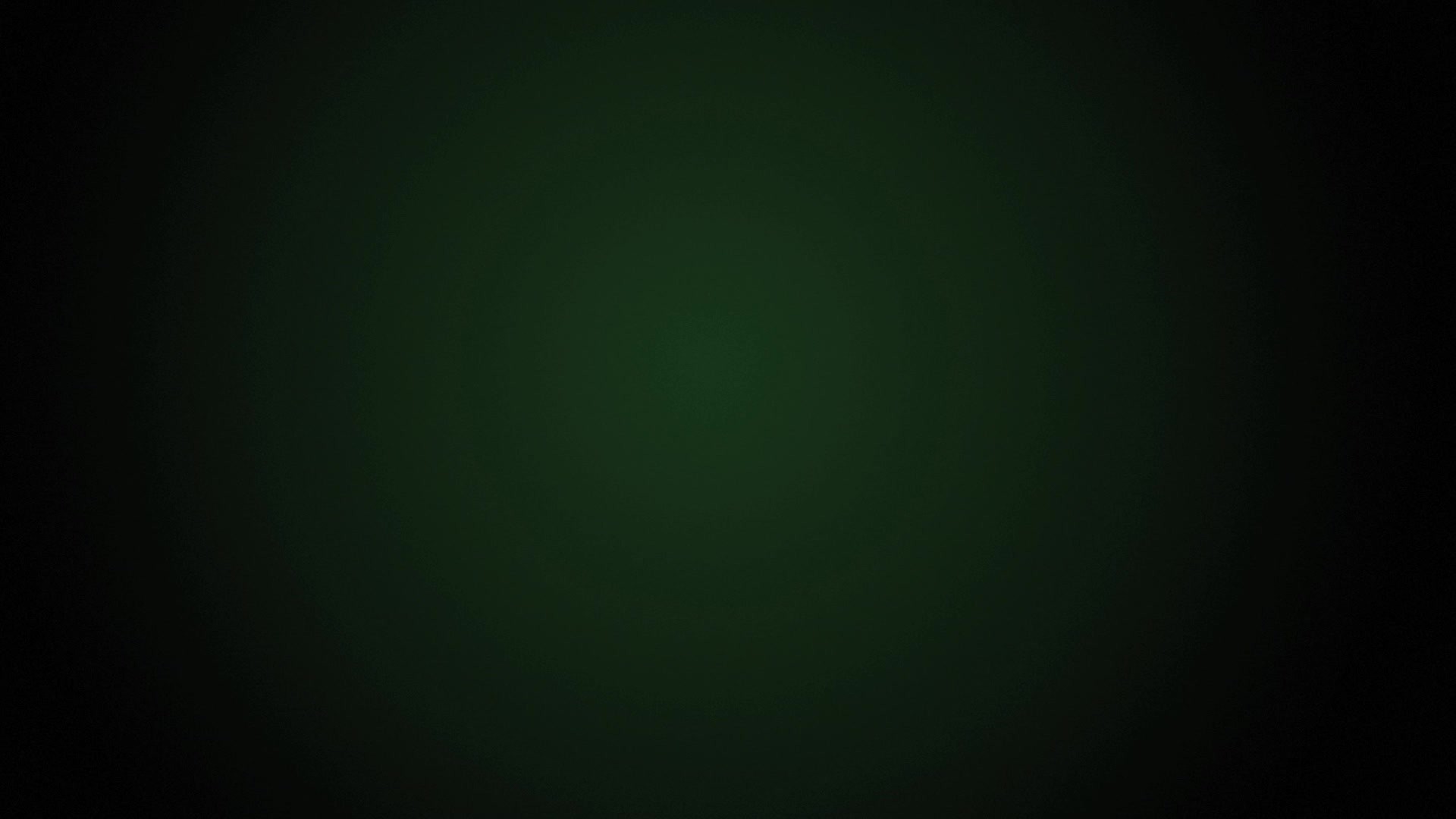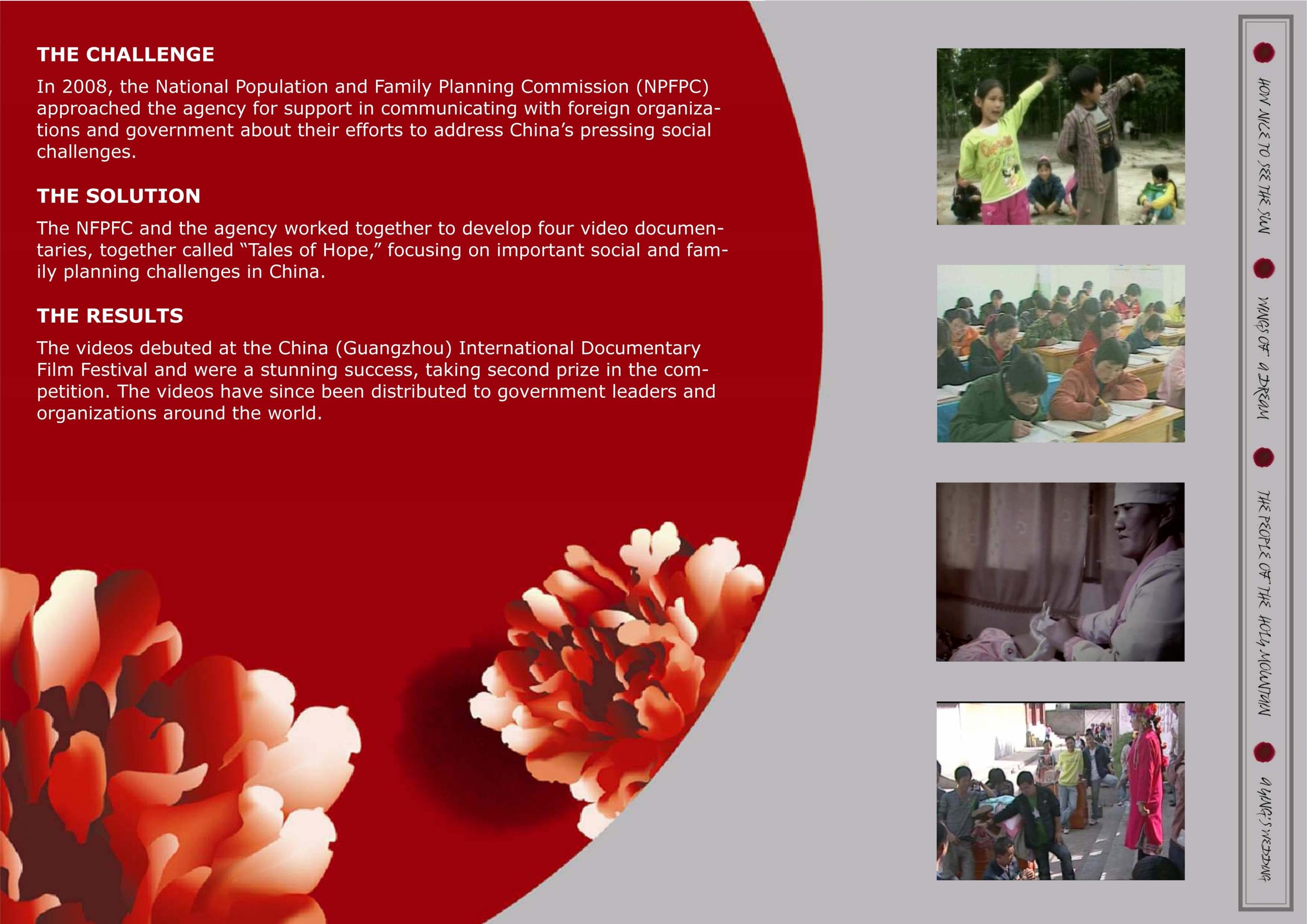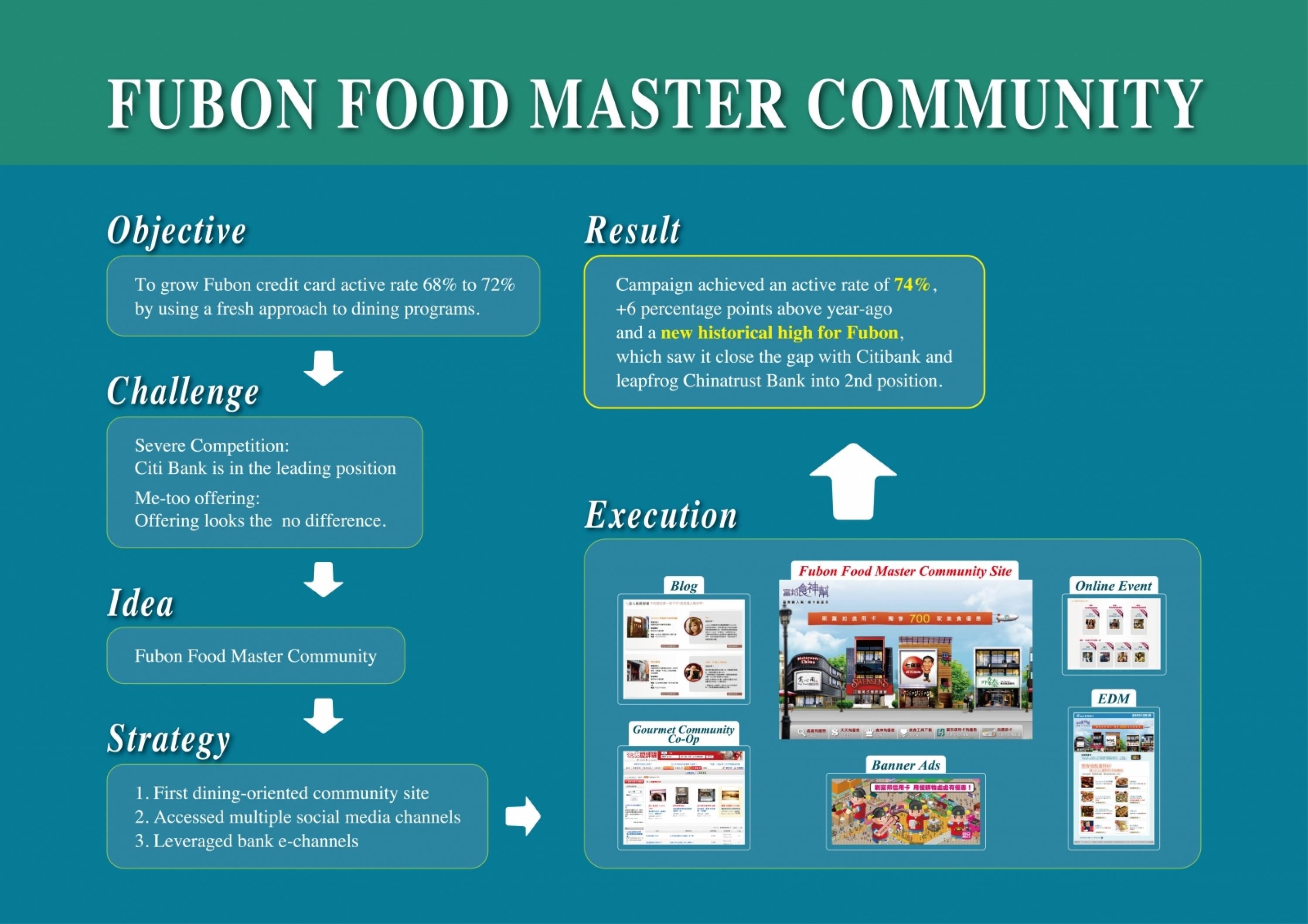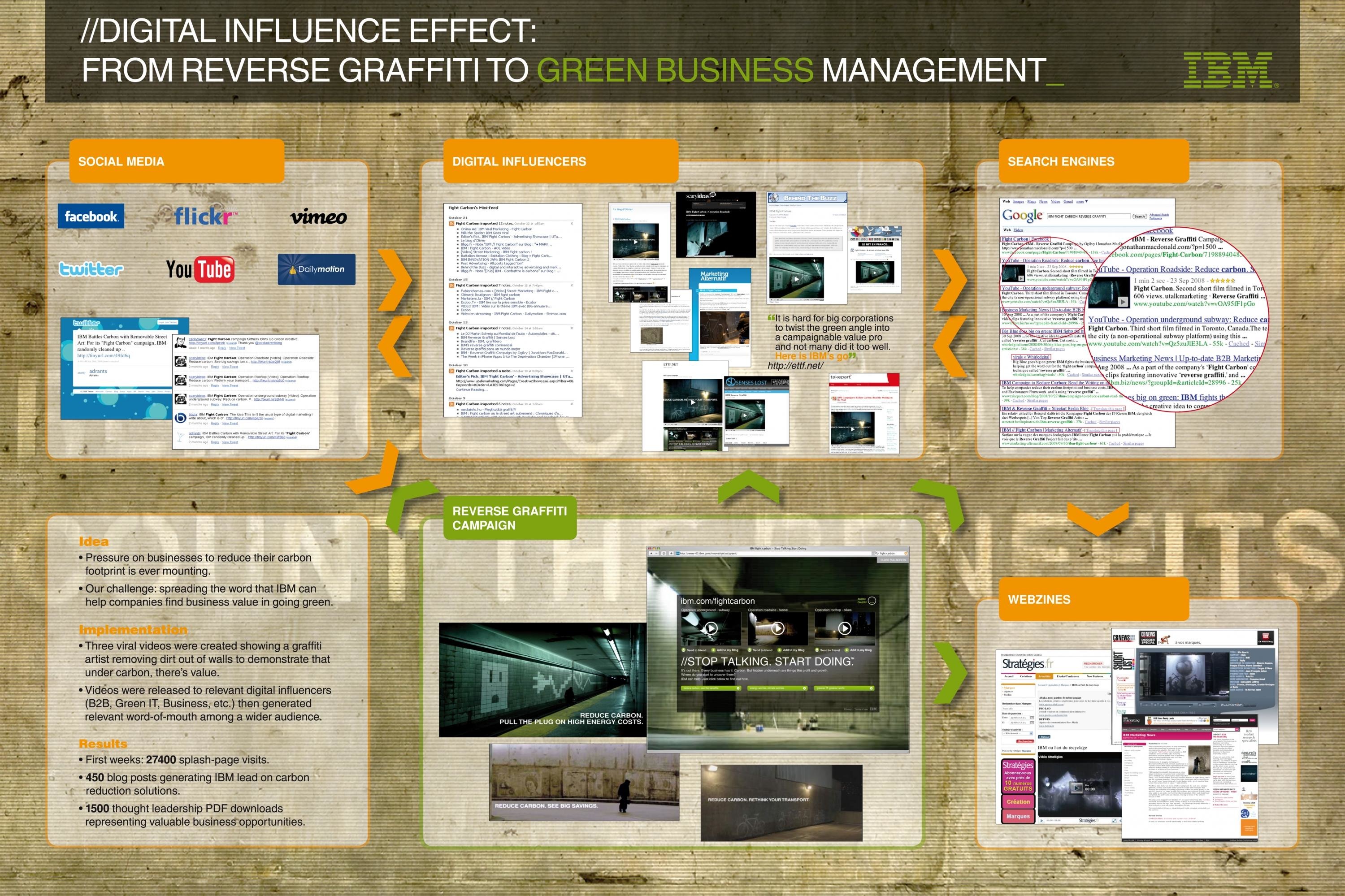Entertainment > Branded Entertainment
THE COMEBACK
OGILVY PUBLIC RELATIONS, New York / BP / 2013
Overview
Credits
OVERVIEW
CampaignDescription
The most public sporting event on the planet. Millions of fans live tweeting, taking photos and videos and posting them online faster than the Associated Press.
Despite the volume of amateur content emerging from the 2012 Olympic Games, the confluence of sponsors, broadcasters and governing bodies meant strict limitations on what content could be shared on social media by official sponsors like BP.
Add the image campaigns of the U.S. Olympic Committee and individual athletes, plus the controversy stirred by BP’s sponsorship, and the team faced several obstacles, including a multi-layer approval process for every video, image and post BP published.
Per USOC rules, third-party logos and the Olympic rings logo could not be shown in branded content, nor could BP distribute footage from inside Olympic venues. Finding an image or video that met these criteria left BP with a limited selection of visual content.
Finally, The Games were six hours ahead of the target American audience. Even though NBC streamed the Games live online, BP wasn't permitted to post Olympic messages on social media until its athletes’ competitions had aired on NBC’s primetime telecast, robbing BP of its ability to cheer or congratulate athletes in real time.
Effectiveness
The ink was barely dry on BP’s sponsorship of the U.S. Olympic Committee in 2010 when an oil rig exploded in the Gulf of Mexico, becoming one of the worst environmental accidents in history. Soon, 81 percent of U.S. consumers viewed BP unfavorably (Washington Post/ABC News polls). By 2012, BP was the only major Olympic sponsor to enter the London Games with a negative brand perception. Its presence at the Games ranged from controversial (some Olympic fans demanded BP remove its sponsorship) to unknown (others simply had no idea BP was involved). It would take a new approach to change the trajectory of BP’s perception among consumer opinion makers and sports fans. And with so much conversation about the Games appearing online, negative chatter on social networks had to be reversed.
Instead of throwing in the towel, BP stood by its commitment. Acknowledging adversity, BP selected nine U.S. Olympic and Paralympic hopefuls who faced formidable obstacles in their Olympic quests and were looking for a comeback. Through strong social outreach using branded digital content, BP created a support network of family, friends and fans that emphasized easy and authentic sharing of these personal stories. BP supported this campaign through strategic owned, paid and media partnerships, and staged a “comeback” of its own.
Post-Olympics, awareness of BP’s sponsorship was among the highest of all USOC partners; more importantly, perception scores for BP went from drastically negative to positive, the second largest increase in perception of all Olympic sponsors.
Implementation
BP announced its nine sponsored Olympic and Paralympic hopefuls by uploading biographic athlete videos to YouTube and launching an augmented reality partnership with Business Week. It launched its Team USA Facebook page and bpusathletes.com.
During the Olympic trials, BP followed events live across additional social media channels, including Instagram and Twitter, and unveiled cross-platform partnerships with TIME and Sports Illustrated via Facebook apps. Universal Sports/NBC began running paid BP-branded athlete vignettes.
During the Games, BP built upon paid TV spots with earned updates across social media channels and its own website and sponsored PBS’s Paralympic Medal Quest program.
Outcome
Despite skeptical audiences, BP’s Olympics sponsorship successfully helped reframe its reputation. A tracking survey found that awareness of BP’s sponsorship reached 23 percent among target audiences, surpassing Ford and Citibank; 68 percent found it relevant.
With awareness came acceptance: BP’s Team USA Facebook community grew to more than 300,000 fans, tripling BP’s goal. Its YouTube channel garnered 1.8 m impressions. BP earned 35,000 Twitter followers.
Sentiment online reversed from 4 percent positive / 7 percent negative in April 2012 to 7 percent positive / 4 percent negative in September 2012. Facebook interactions were 82 percent favorable by the time the Games ended.
BP overcame its negative brand perception. A YouGov BrandIndex survey showed an increase in brand perception score from -5.9 to 2.6, second only to Visa among Olympic sponsors.
The road ahead for BP is long, but its successful USOC sponsorship gave it a major step in the right direction.
More Entries from OGILVY PUBLIC RELATIONS
24 items



























